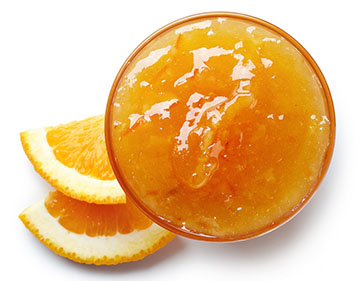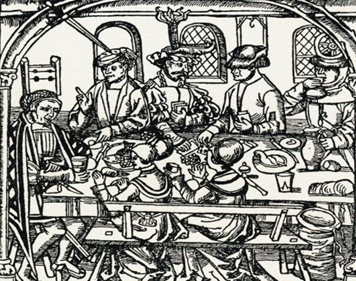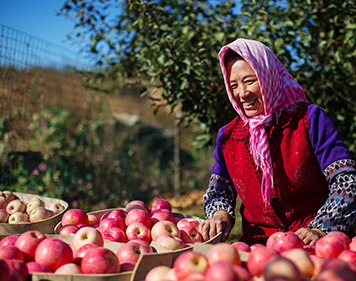About Pectin
Pectin is an awesome ingredient derived from high quality citrus and apple peels. It has amazing properties that help to prepare healthy and delicious food.
-

What Is Pectin
Pectin is a natural fibre that you can find in all plants. It has an important role in plants, as it keeps together their building blocks. The content of pectin varies from plant to plant, but some of them contain more of it: apples, lemons and limes and oranges contain large quantities of pectin. It has amazing properties that help to prepare healthy and delicious food.
Since more than two centuries man has learned how to extract pectin from plants to employ it as an ingredient for several types of homemade food first and manufactured food later. In recent times its applications have grown and nowadays it has an important role in ensuring that your food has a good texture, longer product shelf life and optimal organoleptic characteristics.
-

The History of Pectin
The history of pectin begins with jams made from fruits such as apple, currant and quince, which are all rich in gelling pectin, back in the 18th century they were typically added to other fruits to ensure the gelation of the jam.
With the progress of science, however, it was possible to isolate the gelling agent, pectin, and to create recipes where pectin was added directly to less pectin rich fruits to obtain fruit jellies: it was now possible to obtain more interesting and savoury jams and jellies and to continue to consume preserved fruits well beyond their season.
However, it wasn’t until many years later, in the 1820s, that pectin was first isolated and shown to be the key to making jams and jellies. The first raw material utilized were the extracts of apple peels.
In Germany there was a large production of apple juice and derivatives, the producers begun to dry apple pomace (the peels) and sell it to jam makers. The product obtained from the pomace by boiling it was a thick liquid rich in pectin that would create jellying conditions with fruits that would not gel on their own.
With the refinement of the extraction techniques it has become possible to obtain pure pectin from plants, and to differentiate the types of pectin obtainable to accommodate for the needs of different types of food, from dairy to beverages to dressing and filling, lest forgetting the original jams and marmalades sector. In recent years, pectin production has also become well established in Latin American citrus fruit-growing countries like Mexico and Brazil. China has also emerged as a major supplier, thanks to its large apple growing industry, which provides an abundant source of pectin.
Today, most commercial pectin is derived from apples, oranges, lemons and limes after fruit juice production, an excellent way to make the best use of natural resources to make a natural, valuable and versatile ingredient.
-

Pectin Extraction from Nature
Pectin is regulated by high standards of quality and safety. This is how it is gently extracted from plants
Raw Material Preparation: Pomace (apple residue) and citrus peel that is left over after fruit juice production are the raw materials of election for commercial pectin. These are natural, guaranteed high-quality raw materials,
Pectin Extraction Citrus peel and apple pomace contain other natural substances, like solid fibres, that are not desired in the jellying processes, so the pectin must be extracted and separated from them. Extraction is done in hot acidulated water, were pectin dissolves at the right temperature after a certain amount of time. Undesired solids are separated through mechanical and filtration processes, until all solids are removed .
Solidification After extraction and filtration a liquid containing pectin is obtained. Pectin is then turned into a solid by mixing this liquid with alcohol, the solid (i.e. the pectin) precipitates and is separated from the rest of the solution, washed to remove any impurities, and dried.
Finishing Further processes using temperature or simple processing aids can change some of the characteristics of pectin, to make it respondent to the needs of the different food preparations that will employ it in their recipes. The dry, solid pectin is ground to a powder, tested and blended with sugar or dextrose to achieve a standardized and consistent level of gelling, viscosity or stabilization. The finished pectin ingredient is now ready to be packaged up and transported to the pectin producer’s customers – food and beverage companies – who will incorporate the pectin into their recipes as required.




